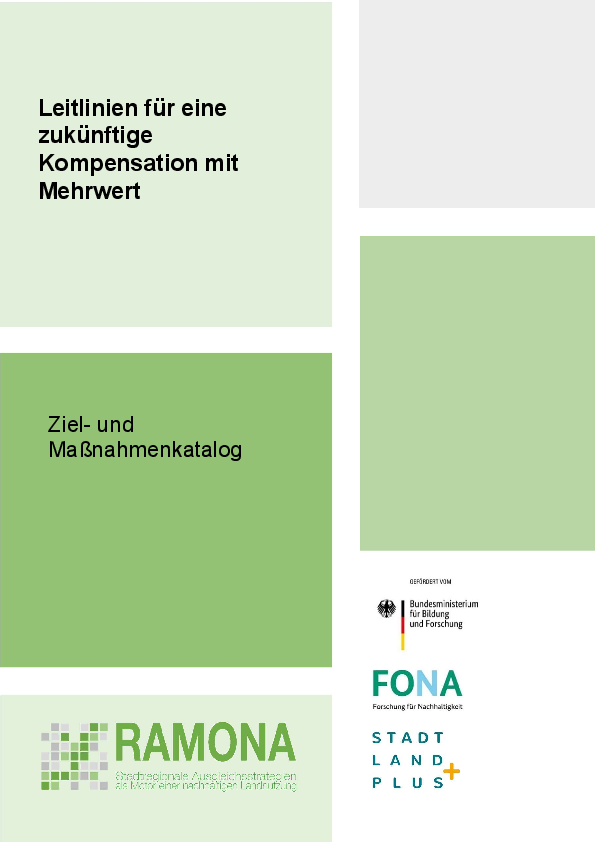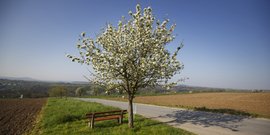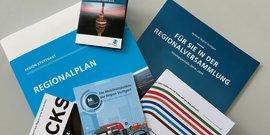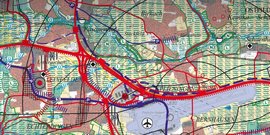In densely populated areas such as the Stuttgart region, the pressure on undeveloped land is high. Agriculture requires good soils as arable land for the production of food; nature, landscape and climate protection require the preservation and development of green spaces of high nature conservation value as habitats and settlement areas; the population needs open spaces for recreation and leisure activities. At the same time, however, there is still a need for development areas for housing, commerce, energy generation and infrastructure. Due to the continuing population growth, particularly in cities, structural change, for example in the automotive industry, and the increasing demand for land for the development of innovative technologies, the various land use requirements are in strong competition with each other.
In this context, it is becoming increasingly difficult to find high-quality areas to compensate for unavoidable construction interventions under nature conservation law.
Fulfilling various land use requirements on a limited area can only be achieved through forward-looking, integrative planning and the multifunctional use of space. For nature conservation compensation, the multifunctional approach offers the opportunity to serve other interests such as flood protection, climate adaptation, local recreation and environmental education in addition to nature and species protection by combining them with other land uses. Compensation can thus help to ensure that open space can continue to perform social, historical-cultural, economic and spatial-structural functions in addition to ecological functions.
The basis for the multifunctional design of measures is a break with departmental thinking, an interdisciplinary and integrated approach and planning, the early involvement and intensive cooperation of all stakeholders and a mutual understanding of the different land requirements. Only if the diverse interests of the stakeholders in the urban region are analyzed and understood can it be possible to plan and implement multifunctional and thus land-saving compensation measures with added value.
Examples of multifunctionality in compensation include production-integrated compensation, the near-natural creation of flood retention areas as part of a compensation measure or the combination of compensation measures with aspects of environmental education and local recreation.
Nevertheless, multifunctionality harbors the risk of mutual interference between different usage requirements. For example, recreational use can have a negative impact on species that are sensitive to disturbance, landscape design measures such as greening with hedges can counteract the habitat requirements of open land species and agricultural production can be impaired by recreational users on shared paths. Good planning and targeted public relations work to raise awareness of the needs of other user groups is also essential in this respect.
Guidelines for future compensation with added value

How can compensation measures be designed in future so that they are implemented professionally and to the required extent, while at the same time creating benefits for other landscape functions? In response to this question, three focal points for possible added value were formulated: spatial, functional and procedural. As the central finding of the research project, these free aspects define the framework for action for "compensation with added value".
Policy recommendation for compensation with added value

In the form of nine demands, the policy paper draws attention to current deficits in the compensation process. It shows what political measures are needed to improve offsetting. The recommendations are backed up with examples of pioneering initiatives that illustrate the potential that can be developed and provide information on how the respective approach can be put into practice. The demands made are aimed at political decision-makers at the federal, state and local levels.






![[Translate to English:] S-Bahn](/fileadmin/_processed_/3/d/csm_058_-_S-Bahn_Stuttgart_ho___ehengleicher_Einstieg-1-rwilling_ce82cb0b0e.jpg)
















